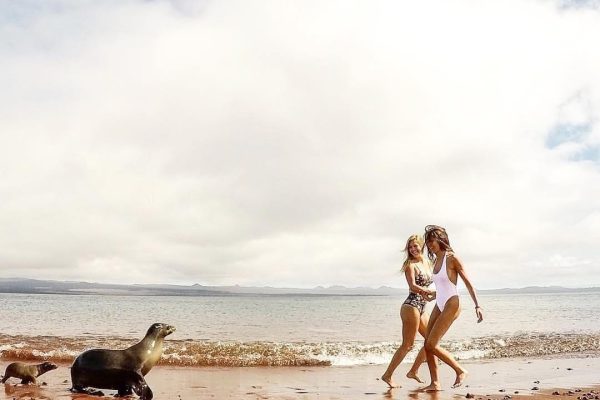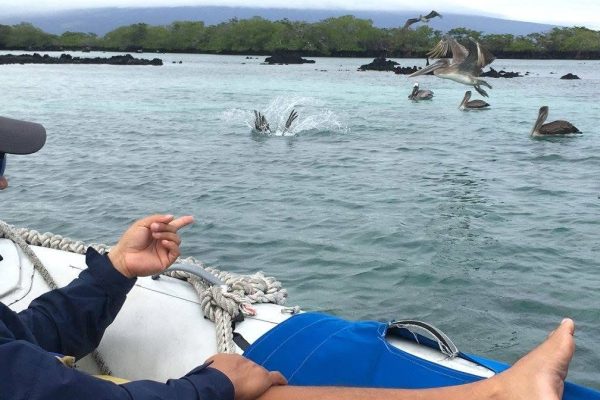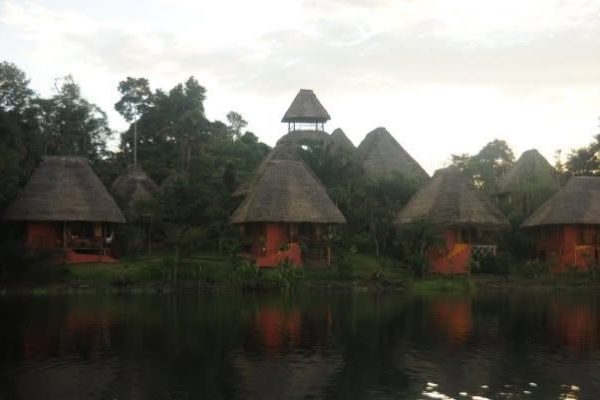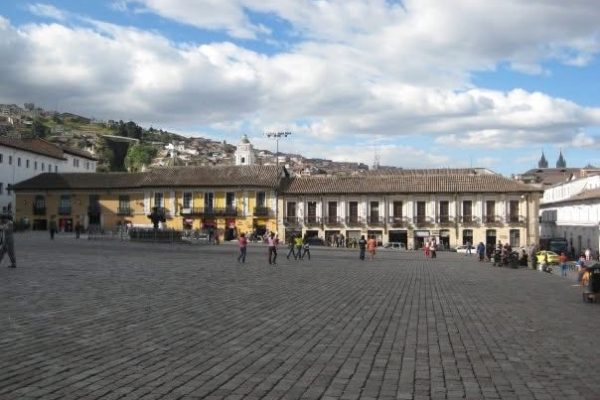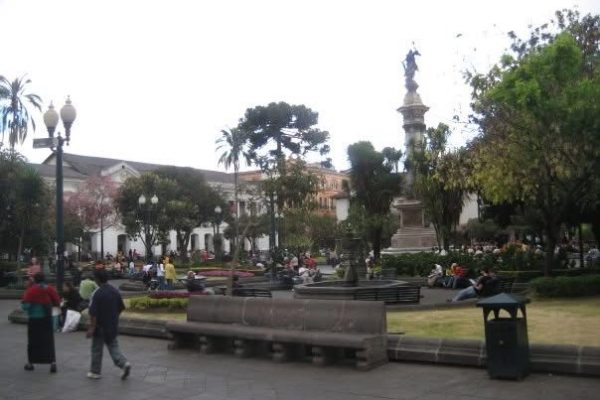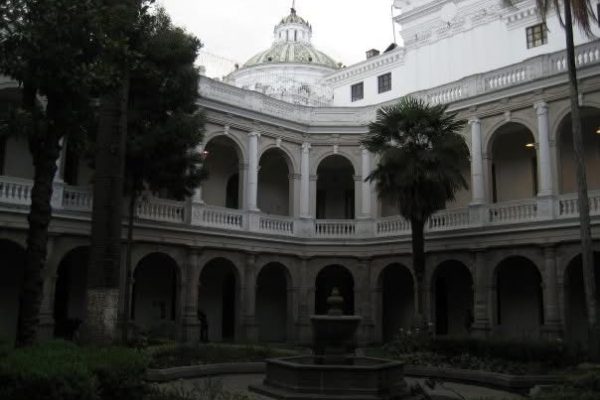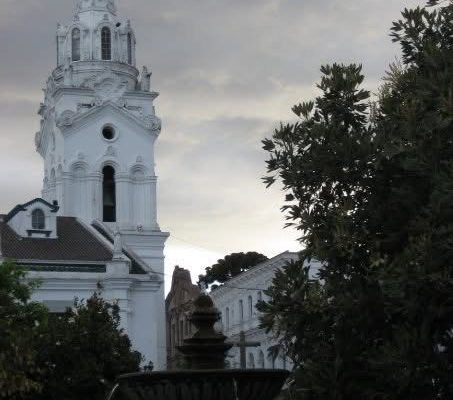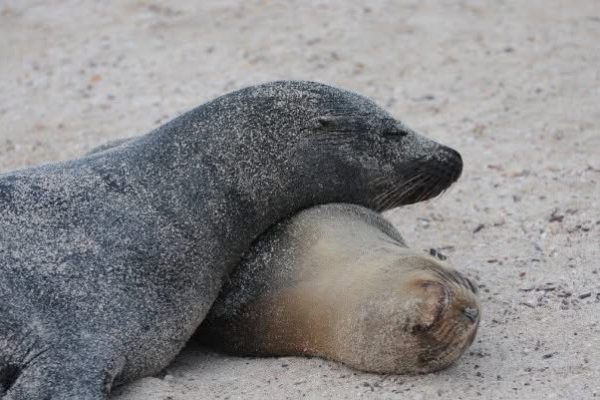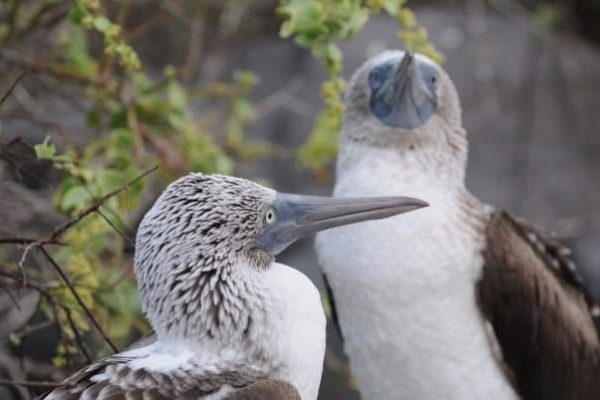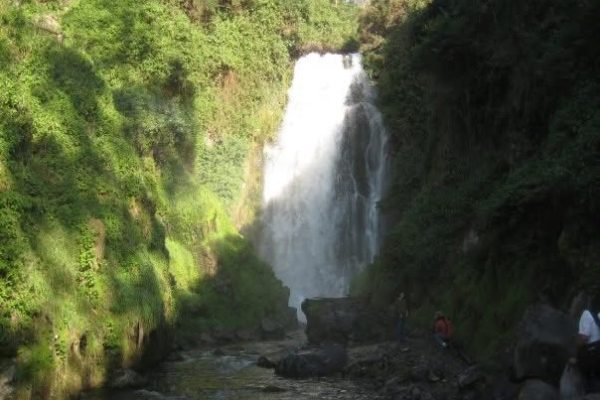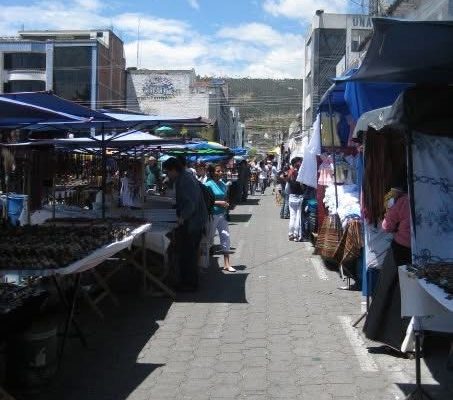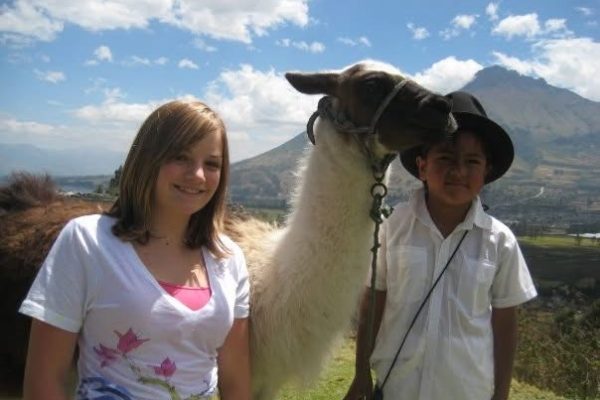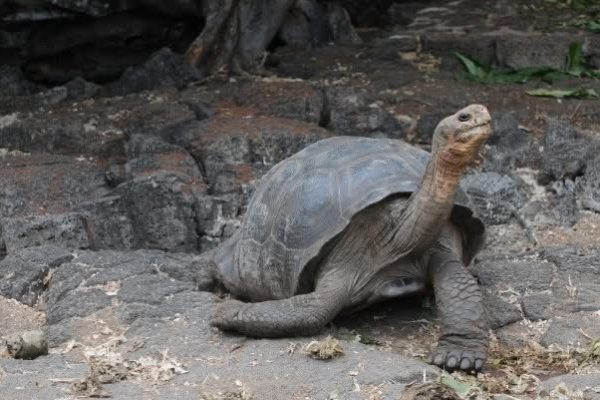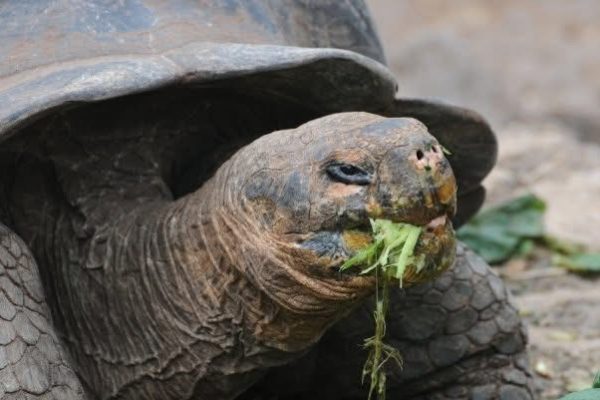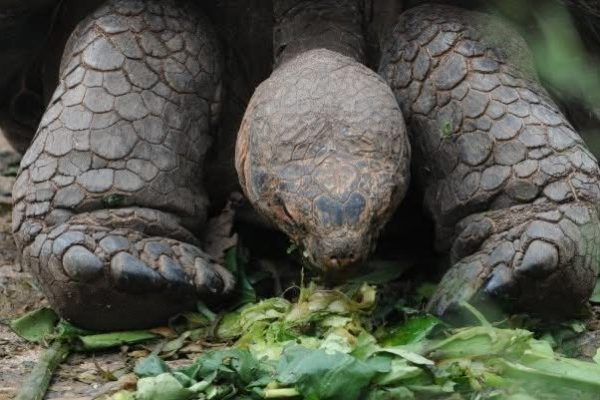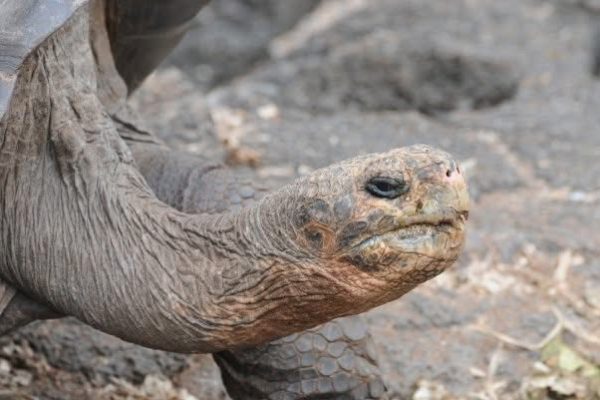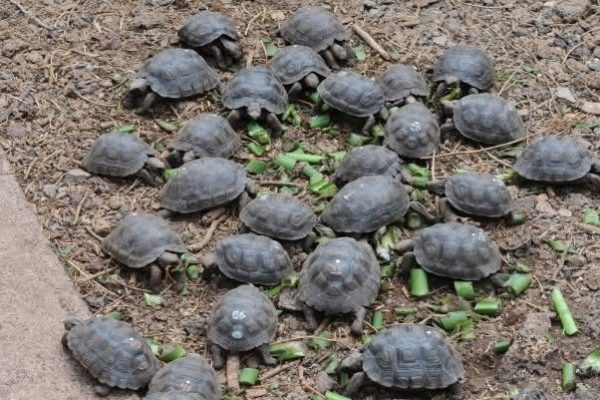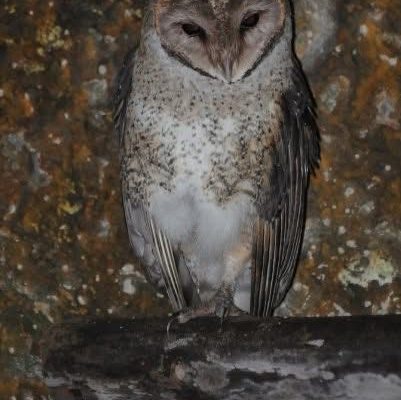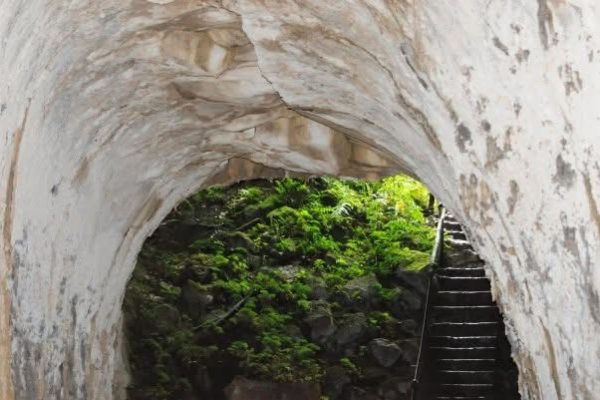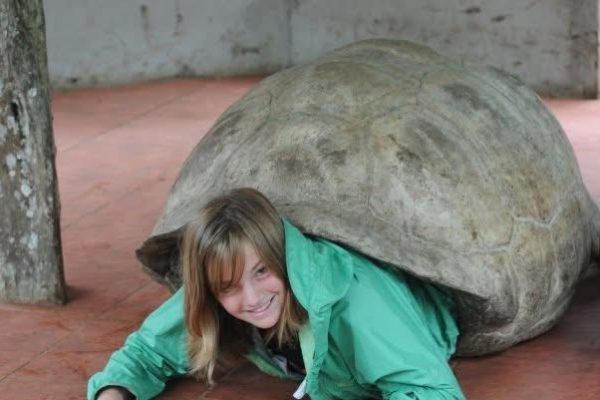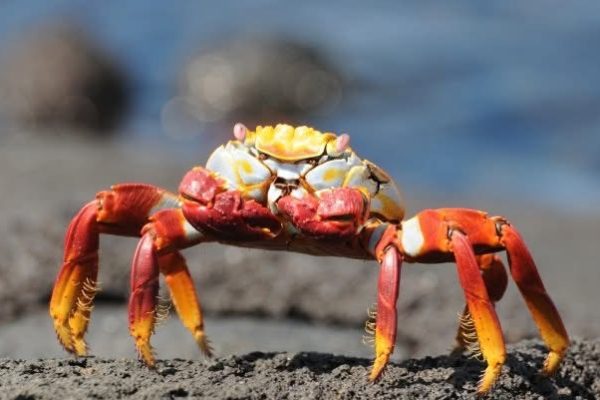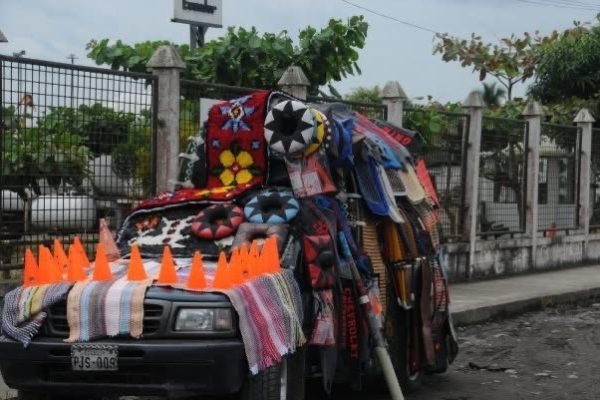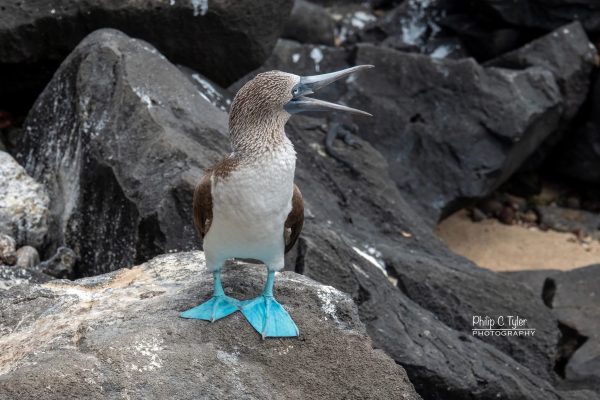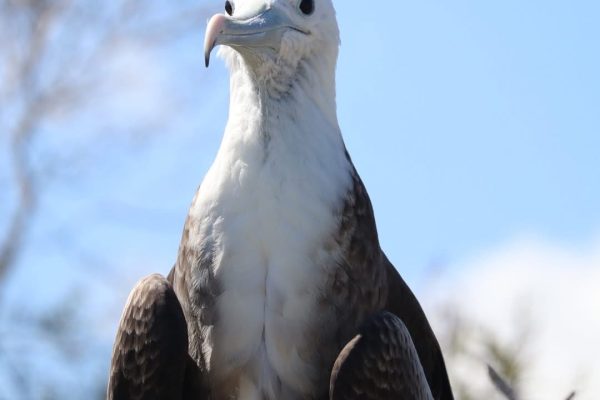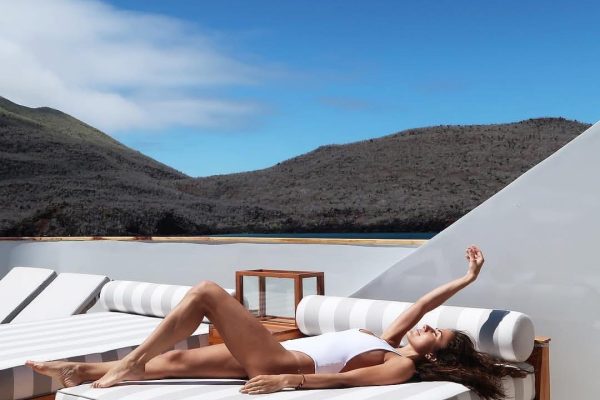DAY 1, MONDAY
FLY TO GALAPAGOS & BOARD THE DELUXE VESSEL M/V GALAPAGOS LEGEND
AM: ARRIVE TO BALTRA
Fly to Galapagos. Upon arrival, passengers are picked up at the airport by our natural guides and taken on a ten-minute bus drive to the pier to board the Galapagos Legend. Begin your 7-night cruise through Darwin’s “Enchanted Islands”. All cabins are spacious and feature a private bath/shower and air-conditioning. All meals, lectures and shore excursions are included. The excursions and cultural programs are led by category “3” naturalist with years of experience in guiding in the Galapagos Islands. PM: HIGHLANDS (SANTA CRUZ ISLAND) Dry landing. A 45-minute bus ride will take us to the Santa Cruz highlands, located in the northwest of Puerto Ayora, where we will find a natural reserve with giant tortoises. * These enormous and slow-moving reptiles are responsible for the island’s name and therefore approaching them in their humid and forested abode is always an inspiring adventure. They can weigh between 250 and 300 kg and can live up to 200 years. Additionally, travelers can walk inside surprising lava tubes. Difficulty level: easy Type of terrain: flat and muddy (depending on season) Duration: 1½-hour walk
(L, D)

